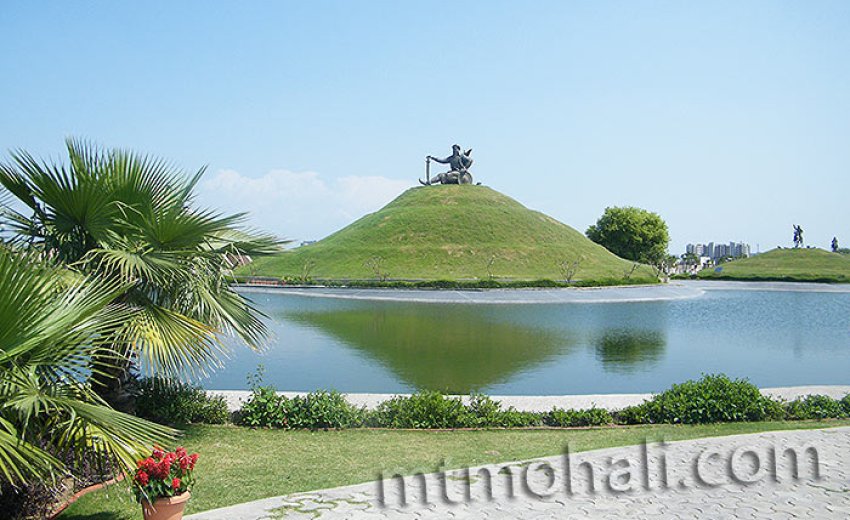 When hallowed grounds make way for fairway greens, you have a lens
into contemporary elite culture in Punjab. Tales of the loss of our
historical materials and architecture form a common topic
here in The Langar Hall as throughout conversations of Sikhdom.
Destruction of historic Gurdwaras for the vanilla blandness of marble
monstrosities is well known.
When hallowed grounds make way for fairway greens, you have a lens
into contemporary elite culture in Punjab. Tales of the loss of our
historical materials and architecture form a common topic
here in The Langar Hall as throughout conversations of Sikhdom.
Destruction of historic Gurdwaras for the vanilla blandness of marble
monstrosities is well known.
Although I am hardly a fan of the Times of India, a recent article did get me to think.
The article describes a hallowed space that will soon become a golfing green. The history of that space is as follows:
Barely 20 km away from Chandigarh, off Kharar-Landran road, lies Chhappar-Chiri village — once known for its plentiful ponds and mangroves on the banks of Patiala Ki Rao — where in 1710, the brave Banda Singh, anointed general of the Khalsa army by Guru Gobind Singh and sent to stop the tyranny of Mughals, defeated the army of Wazir Khan, the subedar of Sirhind who had ordered the killing of Sahibzada Zoravar Singh and Fateh Singh by bricking them alive. Khan was put to death and his body dragged to Sirhind, about 25 km from the village, before the Khalsa army proceeded to decimate the town.[link]
In the diaspora having, conversations about the need for ‘preservation’ are rather sterile. Diasporic Sikhs love to travel to restaurants in Punjab, such as Haveli or Rangla Punjab, looking for a museum-like Punjab that is static and fantasy-like. The historical grounds, described in this article, represent something much more, but how does one decide what to do with such spaces? South Asia has a burgeoning population growth and the need for contemporary residents will often take priority of those that in the past. This, however, doesn’t seem to be the case in this example.
Here we have contemporary, elite, and middle class Punjabis, exercising their private interests, to create recreational facilities for their leisure. It is not a matter of ‘right’ or not having ‘rights’, but rather opens a series of questions as to what can the community do to preserve not only its monuments (historical Gurdwaras, etc.), but also ‘historical spaces’, or if these should even be preserved? What does it mean for each of us to visit such spaces? I can only imagine the archeological materials that may be discovered, if one bothered to take the time. Still it seems to me a moment of loss where those sites of our historic past are being lost – not only our monuments, structures, and institutions – but also our spaces.

